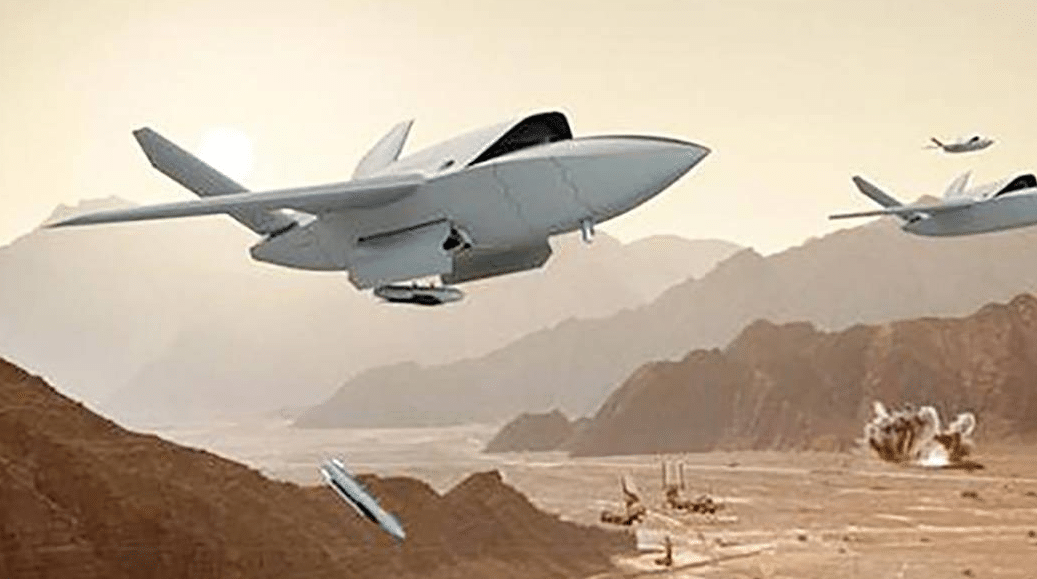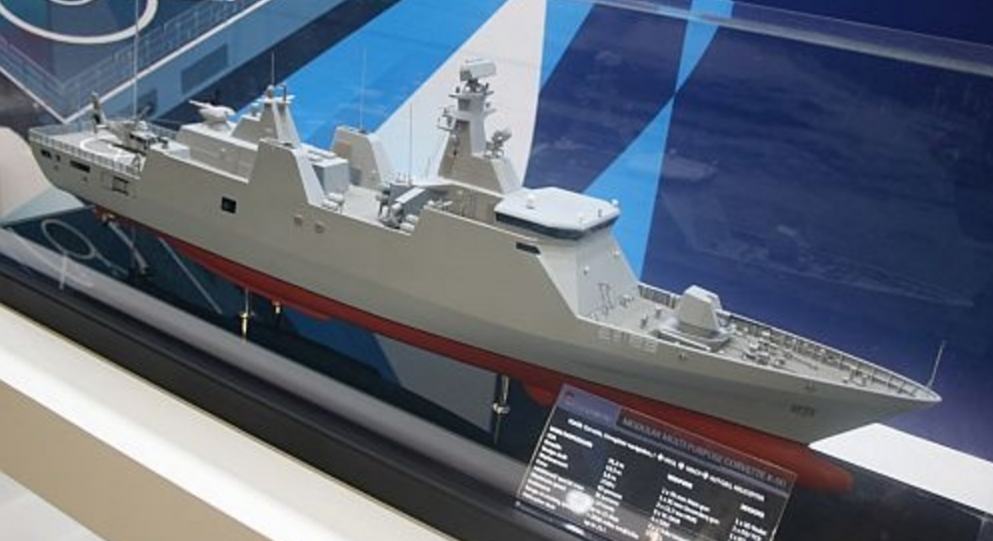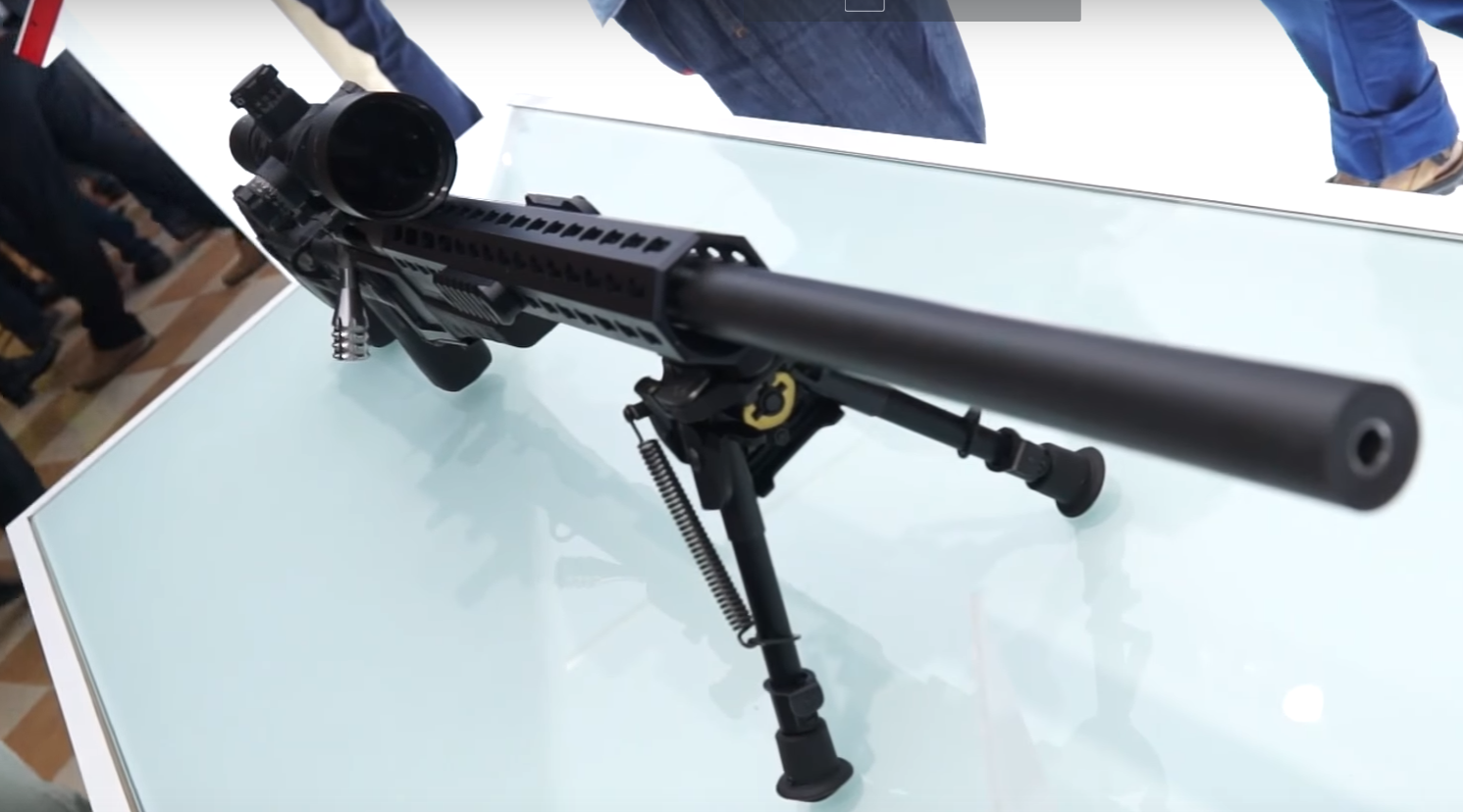2544Views 2Comments

Unidentified Kratos UAV will enter production in 2017
U.S-based Kratos Defence & Security Solutions will put an unidentified unmanned aerial vehicle (UAV) in production in 2017 for an undisclosed U.S. government agency.
Flight Global reports that the UAV will be a jet-powered design capable of subsonic speeds and a service ceiling of 45,000 ft. Kratos has not disclosed the design or role of the UAV, though it confirmed to investors that the UAV will operate in anti-access and area-denied (A2/AD) environments.
In response to investor concerns regarding its Q2 2017 results, Kratos’ CEO Eric DeMarco asserted that the company is poised to thrive in the domestic and international UAV market.
DeMarco stated that the U.S. government could spur an acquisition of 100 UAVs. This would generate a revenue of $25-35 million U.S. per year (Rich Smith via Madison).
However, Kratos is anticipating a significant growth in business activity for its UAV catalogue. At the 2017 Paris Air Show, Kratos showcased its XQ-222 Valkyrie UAV, a proposal for the U.S. Air Force’s (USAF) Low-Cost, Attritable Strike Unmanned Air System Demonstration (LCASD).
The LCASD is envisaged as a low-cost and expendable UAV meant for complementing manned fighters, including next-generation platforms such as the F-35. Conceptually, the LCASD is an intersection of drones, air-launched cruise missiles as well as target and decoy drones.
In the future, these drones could augment manned fighter flights, especially in enemy environments with dense land-based air defence coverage. With the support of low production costs, these new drones are expected to be disposable and potentially modular – besides air-to-air and air-to-ground munitions, the payload may also support electronic warfare (EW) jamming and electronic attack systems.
The Kratos Valkyrie was developed from Kratos’ target drone technology. With an airframe length of 9 m, the Valkyrie will have a ferry range of over 4,800 km and payload of 226 kg. Kratos intends to begin flying the Valkyrie by the spring of 2018 (Aviation Week).
However, the drone that is to enter production in 2017 is a lighter aircraft, it will have a payload capacity of 136 kg (Flight Global). It appears that this drone is meant for deployment in contested environments.
Notes & Comments:
There are three core aspects to the LCASD. First, the availability of an airframe that is affordable enough to manufacture – and lose – in significant numbers. Second, which ties into the first, the industrial base to adequately scale the contributing inputs (e.g. turbofan or turbojet engine, composite materials, etc). Third, the development of the requisite systems for semi-autonomous and autonomous flight, i.e. the use of the UAV without relying on an offboard operator.
While there are other countries that can fulfill the first and possibly even second aspects, the third – i.e. developing autonomous flight and mission management systems – will likely be the main chokepoint in limiting the number of non-U.S. alternatives to the Valkyrie. However, the value of possessing an LCASD-like system, especially for use against dense air defence systems and air arms with strong air-to-air capabilities, will not be lost on Europe and China.



2 Comments
by Lasit
that is an interesting development. with the gap in development of 5th gen for China/ Russia vs US, i believe that by the time US adversaries filed their 5th gen fighter, they may very well face an unmanned US stealth fighter.
by Steve
It appears to be a proposed melding of Reaper and X-47B UCAS-D or LM RQ-170 Sentinal technology, down sized to make it ‘disposable’. Not much payload. Neat technology but maybe not as ground breaking as advertised. Remains to be seen what the final unit cost will be.